CloudKicker0
Full Member
This is my first and only point I’ve ever found, and I guess you could say that it found me because at the time I wasn’t looking for it while I was walking down the beach (Eastern NC surface find). Now mostly wherever I go I’m scanning the ground for artifacts and anomalies.
I posted some pictures back in May 2020, but have since received some new information from a state archeologist whose name I’ll respectfully hold in anonymity.
“The projectile point looks similar to what we would call a Hardaway side-notched, though the side notching is not as pronounced as many examples and it has likely been heavily resharpened. The base looks like its been ground, which is a common feature on late Paleo-Indian and Early Archaic points in this area. This type of point likely dates to 10-11,000 years ago. The material is interesting and while it is likely still a variety of metavolcanic stone, which the majority of stone tools are made out of in NC, it is not a type I am very familiar with.”
I’ve “scoured” the internet for a point of like-material but have been unsuccessful. Does that make it an unclassified piece? Would someone please share pictures of a point with similar material?
I’m also sharing some pictures of a natural rock of somewhat similar material. If anyone can see any signs of flaking/grinding or shaping would you please help share with this novice?
I posted some pictures back in May 2020, but have since received some new information from a state archeologist whose name I’ll respectfully hold in anonymity.
“The projectile point looks similar to what we would call a Hardaway side-notched, though the side notching is not as pronounced as many examples and it has likely been heavily resharpened. The base looks like its been ground, which is a common feature on late Paleo-Indian and Early Archaic points in this area. This type of point likely dates to 10-11,000 years ago. The material is interesting and while it is likely still a variety of metavolcanic stone, which the majority of stone tools are made out of in NC, it is not a type I am very familiar with.”
I’ve “scoured” the internet for a point of like-material but have been unsuccessful. Does that make it an unclassified piece? Would someone please share pictures of a point with similar material?
I’m also sharing some pictures of a natural rock of somewhat similar material. If anyone can see any signs of flaking/grinding or shaping would you please help share with this novice?
Attachments
-
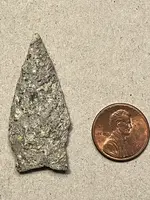 F93C3FA4-2EF6-4365-B362-B5E0BDAD3924.webp1.2 MB · Views: 123
F93C3FA4-2EF6-4365-B362-B5E0BDAD3924.webp1.2 MB · Views: 123 -
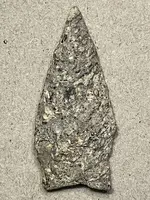 8B97A69D-F129-4304-950E-720826804044.webp943.4 KB · Views: 106
8B97A69D-F129-4304-950E-720826804044.webp943.4 KB · Views: 106 -
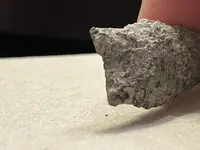 5A4FFD3C-2EBA-4C5D-AB53-FF7B65884044.webp473 KB · Views: 92
5A4FFD3C-2EBA-4C5D-AB53-FF7B65884044.webp473 KB · Views: 92 -
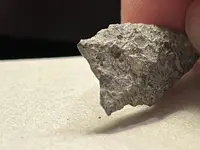 891F2EB1-FC31-483F-BEBF-2D75112FEACD.webp471.8 KB · Views: 77
891F2EB1-FC31-483F-BEBF-2D75112FEACD.webp471.8 KB · Views: 77 -
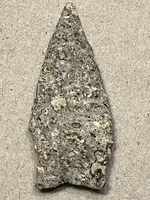 61FA87A1-D258-4BBC-82E5-159C649DC647.webp891.4 KB · Views: 75
61FA87A1-D258-4BBC-82E5-159C649DC647.webp891.4 KB · Views: 75 -
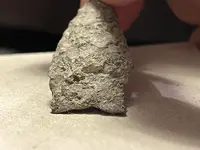 9CB1A6A7-D4DB-45C2-B970-EC960FCC211F.webp494.6 KB · Views: 73
9CB1A6A7-D4DB-45C2-B970-EC960FCC211F.webp494.6 KB · Views: 73 -
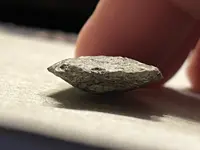 7426FFF3-4462-41BC-BA31-B9F18E14B4A8.webp257.6 KB · Views: 69
7426FFF3-4462-41BC-BA31-B9F18E14B4A8.webp257.6 KB · Views: 69 -
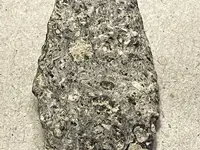 E67CC4E0-D887-4BA9-8E8D-6348ED816633.webp855.8 KB · Views: 71
E67CC4E0-D887-4BA9-8E8D-6348ED816633.webp855.8 KB · Views: 71 -
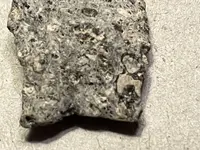 BB7934E2-C891-40A1-BDBC-3A26720C2641.webp552 KB · Views: 96
BB7934E2-C891-40A1-BDBC-3A26720C2641.webp552 KB · Views: 96 -
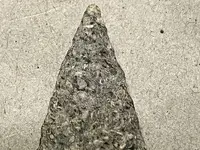 594DB68B-98CA-4BBD-B89E-74CCAB65A4EA.webp777.1 KB · Views: 81
594DB68B-98CA-4BBD-B89E-74CCAB65A4EA.webp777.1 KB · Views: 81 -
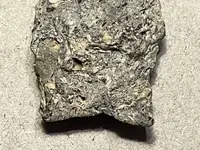 1E67448E-ABD8-4361-BD8C-F63DFAF2C8B2.webp888.4 KB · Views: 80
1E67448E-ABD8-4361-BD8C-F63DFAF2C8B2.webp888.4 KB · Views: 80 -
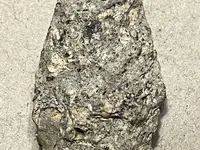 670C2B27-369C-4131-9DCC-C627217E5111.webp960.7 KB · Views: 97
670C2B27-369C-4131-9DCC-C627217E5111.webp960.7 KB · Views: 97 -
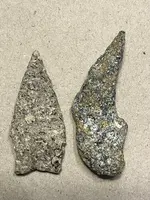 DA43065C-3888-4056-93D6-95E4ABF92126.webp1.5 MB · Views: 88
DA43065C-3888-4056-93D6-95E4ABF92126.webp1.5 MB · Views: 88 -
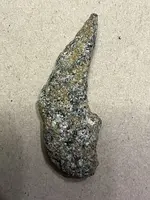 4B547B5A-370E-4298-A637-BE59F41DC753.webp1.2 MB · Views: 86
4B547B5A-370E-4298-A637-BE59F41DC753.webp1.2 MB · Views: 86 -
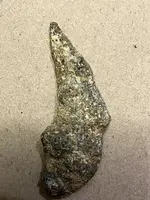 08173019-1C96-4324-BA4F-A195D4E99C6E.webp1.1 MB · Views: 78
08173019-1C96-4324-BA4F-A195D4E99C6E.webp1.1 MB · Views: 78 -
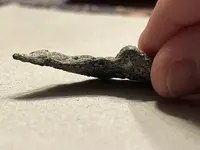 6BBB25F4-4F53-4E52-B839-511BBBD3C182.webp375.9 KB · Views: 81
6BBB25F4-4F53-4E52-B839-511BBBD3C182.webp375.9 KB · Views: 81 -
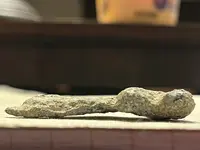 3A26EE61-03B9-4956-A513-AA3FB7151609.webp350.4 KB · Views: 78
3A26EE61-03B9-4956-A513-AA3FB7151609.webp350.4 KB · Views: 78 -
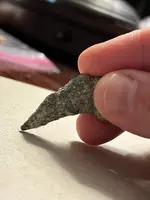 946CD16D-5FA6-4C72-96CC-905D7AAD24EC.webp339.9 KB · Views: 78
946CD16D-5FA6-4C72-96CC-905D7AAD24EC.webp339.9 KB · Views: 78 -
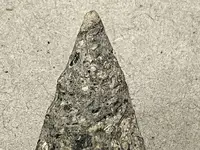 C624B10E-DE91-48F5-A634-9B346E8D48B2.webp789.8 KB · Views: 104
C624B10E-DE91-48F5-A634-9B346E8D48B2.webp789.8 KB · Views: 104
Upvote
10

